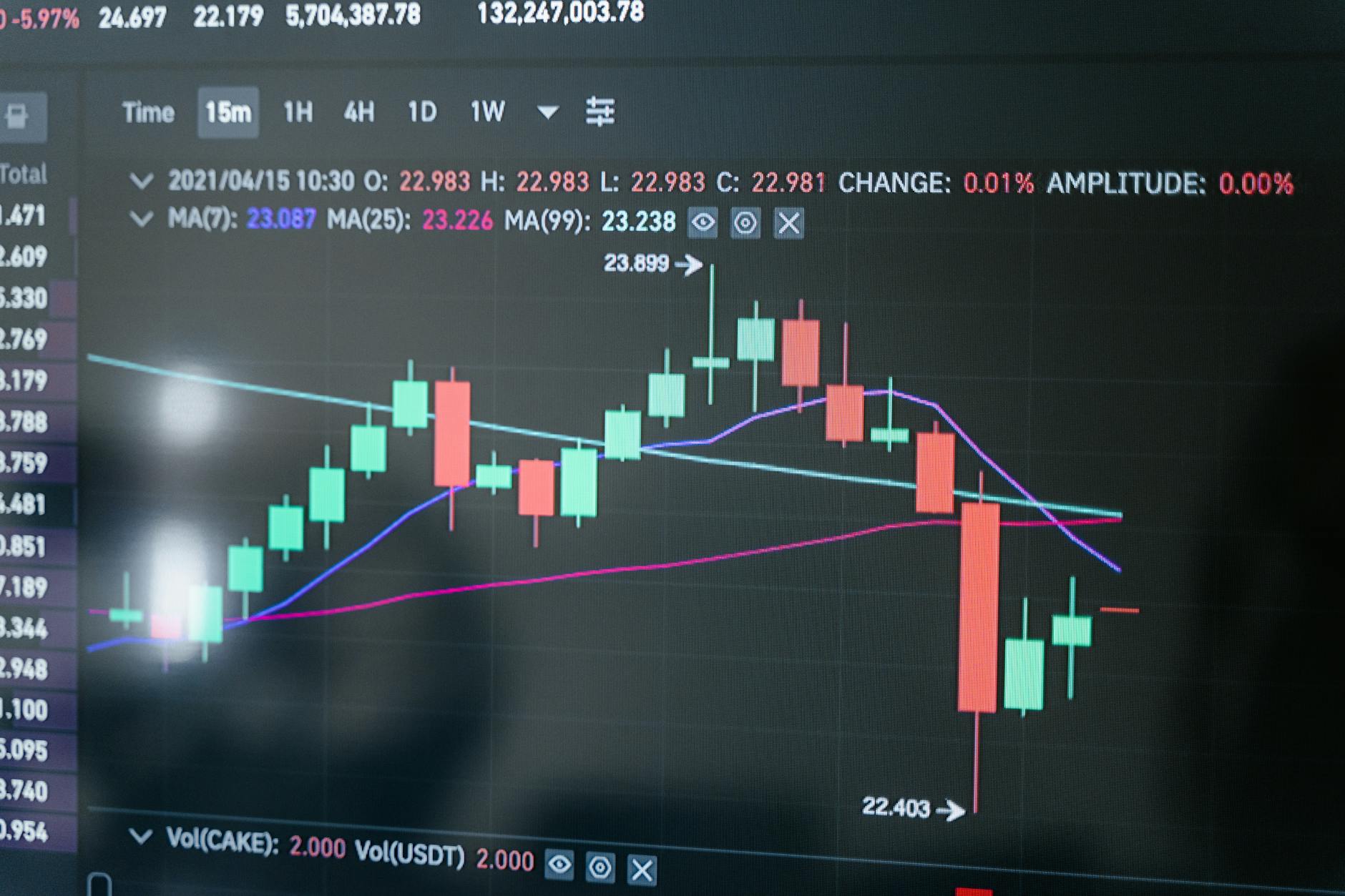Eyes on the Tides: Sentinel-6B Arrives to Chart Our Rising Oceans
A New Sentinel Joins the Watch, Promising Unprecedented Data on Global Sea Level Rise
The vast expanse of our planet’s oceans, a cradle of life and a critical driver of climate, is subtly but undeniably changing. As global temperatures rise, the impact on sea levels is becoming increasingly apparent, with profound implications for coastal communities, ecosystems, and economies worldwide. In a significant stride towards better understanding and monitoring these crucial changes, the Sentinel-6B satellite, a collaborative endeavor between NASA and the European Space Agency (ESA), has arrived at its launch site in California, signaling the imminent start of its final preparations for a launch later this year.
This arrival marks a pivotal moment in our ongoing effort to track one of the most visible and impactful consequences of climate change. Sentinel-6B is not just another piece of sophisticated technology; it represents a vital component in a global network dedicated to providing accurate, consistent, and long-term data on sea surface height, a key indicator of our planet’s health.
A Brief Introduction On The Subject Matter That Is Relevant And Engaging
Sea level rise is a complex phenomenon driven primarily by two factors linked to global warming: the thermal expansion of seawater as it warms, and the melting of glaciers and ice sheets. The oceans absorb a significant portion of the excess heat trapped by greenhouse gases, causing the water molecules to move more vigorously and spread out, thus increasing volume. Simultaneously, the increased influx of meltwater from terrestrial ice sources directly adds to the total volume of ocean water.
Monitoring these changes is not merely an academic exercise. For millions of people living in low-lying coastal areas, rising sea levels translate into tangible threats: increased coastal flooding, exacerbated storm surges, saltwater intrusion into freshwater sources, and the potential displacement of entire communities. Beyond human settlements, delicate coastal ecosystems, from mangrove forests to coral reefs, are also under immense pressure, facing inundation and habitat loss.
Background and Context To Help The Reader Understand What It Means For Who Is Affected
The Sentinel-6 mission is a successor to the highly successful Jason series of satellites, which have been instrumental in providing continuous, precise measurements of sea surface height for over two decades. Sentinel-6B is the second satellite in this new generation, joining its predecessor, Sentinel-6A, which was launched in November 2020. This duo forms a critical part of the Copernicus Programme, the European Union’s flagship Earth observation initiative, and represents a strengthened partnership between NASA and ESA.
The collaboration between these space agencies underscores the global nature of climate change and the necessity for international cooperation in addressing it. By combining their expertise and resources, NASA and ESA are able to deploy more advanced technology and ensure a robust, uninterrupted flow of data that is essential for scientific research and policy-making. The data collected by these satellites is used by researchers to understand the intricate dynamics of ocean currents, weather patterns, and, most importantly, the rate and patterns of global and regional sea level rise.
The implications of this data are far-reaching. For coastal managers, it informs decisions about infrastructure development, flood defenses, and evacuation plans. For policymakers, it provides the scientific evidence needed to develop effective climate mitigation and adaptation strategies. For communities vulnerable to the impacts of rising seas, it offers crucial information for preparedness and resilience building. In essence, Sentinel-6B is an advanced tool in our collective effort to safeguard coastal populations and environments.
In Depth Analysis Of The Broader Implications And Impact
The Sentinel-6 mission, with Sentinel-6B now poised for launch, is set to usher in a new era of precision in sea level monitoring. Sentinel-6B is equipped with advanced instruments, including a next-generation altimeter that can measure sea surface height with unprecedented accuracy, even in challenging weather conditions. This enhanced precision is critical for distinguishing subtle, long-term trends from natural variability in the ocean.
One of the key advancements Sentinel-6B brings is its ability to map sea surface height across a wider swath of the ocean, including in coastal regions that have historically been difficult to monitor accurately. This improved coverage is vital, as coastal areas are often the most vulnerable to sea level rise. By providing higher-resolution data in these regions, scientists can gain a more nuanced understanding of how sea level is changing at a local level, which is crucial for effective adaptation planning.
Furthermore, the continuity of data provided by the Sentinel-6 mission is paramount. Climate scientists rely on long, unbroken records to identify trends and make reliable projections. The overlap in measurements between the Sentinel-6A and the upcoming Sentinel-6B ensures that this vital data stream remains uninterrupted, building upon the decades of observations from previous missions. This sustained monitoring allows for the detection of even small changes in the rate of sea level rise, providing early warnings and enabling proactive measures.
The broader implications extend to our understanding of ocean dynamics. Sea surface height is influenced by ocean currents, temperature, and salinity. By meticulously tracking these variations, the Sentinel-6 mission contributes to a more comprehensive understanding of how oceans store and transport heat, which is fundamental to predicting future climate scenarios. This knowledge is not only vital for climate science but also for sectors like maritime shipping, fisheries, and weather forecasting.
Key Takeaways
- Sentinel-6B, a joint NASA-ESA satellite, has arrived in California for final launch preparations.
- The satellite will enhance the monitoring of global sea level rise, a critical indicator of climate change.
- It builds upon the legacy of the Jason series, offering improved accuracy and wider coverage, especially in coastal areas.
- The mission’s continuous data stream is crucial for scientific research, climate modeling, and coastal adaptation strategies.
- International collaboration between NASA and ESA is key to this advanced Earth observation effort.
What To Expect As A Result And Why It Matters
With Sentinel-6B’s eventual launch and integration into the Sentinel-6 mission, we can anticipate a significant boost in the quality and quantity of data available on sea level. This will translate into more refined climate models, leading to more accurate predictions of future sea level rise impacts. These improved predictions are not abstract scientific outputs; they are essential tools for informing decisions that protect lives and livelihoods.
For coastal communities, this means better-informed planning for infrastructure resilience, such as the construction of sea walls or the elevation of buildings. It also means more precise understanding of flood risks, enabling more effective emergency response and evacuation strategies. For ecosystems, the enhanced data can help identify areas most at risk of inundation, guiding conservation efforts and the restoration of natural coastal defenses like mangroves and wetlands.
The scientific community will benefit from a more detailed understanding of ocean processes, contributing to breakthroughs in oceanography and climate science. This, in turn, can inform international climate negotiations and policy decisions, emphasizing the urgency and nature of the challenges we face. The matter is critical because unchecked sea level rise poses an existential threat to low-lying island nations and major coastal cities around the world.
Advice and Alerts
As Sentinel-6B prepares for its journey to orbit, it serves as a reminder of the ongoing need for global awareness and action regarding climate change. Individuals living in coastal regions are advised to stay informed about local sea level rise projections and to familiarize themselves with emergency preparedness plans. Supporting and advocating for policies that aim to mitigate greenhouse gas emissions and promote sustainable practices remains crucial.
The data provided by missions like Sentinel-6 is invaluable for driving informed decision-making. It is important for the public to engage with and understand the scientific findings related to climate change and to support continued investment in Earth observation and climate research. The arrival of Sentinel-6B is a positive step, but it is part of a larger, ongoing effort that requires sustained attention and commitment from all sectors of society.
Annotations Featuring Links To Various Official References Regarding The Information Provided
- NASA Jet Propulsion Laboratory – Sentinel-6B Satellite Arrival: Official announcement and overview of the satellite’s arrival.
- European Space Agency – Sentinel-6 Mission Overview: Comprehensive information about the Sentinel-6 mission, its objectives, and instruments.
- NASA Climate – Vital Signs: Sea Level: NASA’s authoritative resource on sea level change, its causes, and impacts.
- Copernicus Programme: Information about the European Union’s Earth observation program of which the Sentinel missions are a part.
- Intergovernmental Panel on Climate Change (IPCC) Reports: The definitive scientific assessments on climate change, including detailed sections on sea level rise.


























